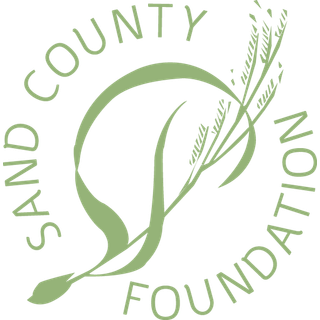The 416-mile Neches River is often called the last wild river in East Texas.
The river’s slow-moving water and its pine and bottomland hardwood forests have been part of eastern Texas’s history and culture, since Native Americans and European settlers depended on them for food and shelter.
The Neches River’s corridor remains one of the state’s least discovered natural resources, but the Temple family has stewarded parts of this special area for over a century.
T.L.L. Temple, founder of the Southern Pine Lumber Company, bought a portion of what became known as Boggy Slough in 1902. Its 13,500 acres of timberland and 5,500 acres of wetland forests along 18 miles of river frontage were some of the first land he acquired outside of northeast Texas and Arkansas.
In the 1940s, the Temples began to shift the management of Boggy Slough toward wildlife and forest management research and demonstration. The land became a corporate asset of three Temple-owned businesses in the 1960s. By the 1980s, Boggy Slough had been divided into northern and southern management areas, each with its own hunting leases to control deer populations, as it remains today.
In 2012, ownership of Boggy Slough was transferred to International Paper through a corporate sale. Recognizing the land's significance, the T.L.L. Temple Foundation, led by Board Chairman Arthur (Buddy) Temple, III, acquired the property in 2013. In 2015, an agreement was negotiated with The Conservation Fund to place a conservation easement over the property ensuring it will be protected and managed sustainably as a working forest in perpetuity. The easement was transferred to the Texas Land Conservancy in 2019.
Watch a conservation success story
Through the decades the Boggy Slough Conservation Area has become known for its ecological research, stewardship of natural resources, and outreach to promote conservation. Its landscape provides a unique mix of wet bottomland hardwood ecosystems, wet and dry transitional forests, and upland forests on the western edge of the Southeastern U.S. pine region.
Because quail, eastern wild turkey, and many plants need more sunlight than a closed canopy of pine provides, a focus at Boggy Slough has been providing open-canopy habitat within a working forest. Healthy forestland provides key habitat for white-tailed deer, migratory birds, songbirds, fish, and native plants.

Boggy Slough hosts seven clusters of the endangered Red-cockaded Woodpecker, and a rare native wildflower, Texas prairie dawn. Its swamps and oxbows are also home to the Neches River Rose-mallow, an endangered plant that can grow up to 8 feet tall and produces hundreds of flowers that provide nectar for bees and other pollinating species.
The rich history and biodiversity of the Boggy Slough Conservation Area is underscored with the presence of two Texas State Champion Trees (the largest documented of their species): Longleaf pine and the White fringetree.
A cornerstone of the conservation success found at Boggy Slough is the role it has played for decades as an outdoor research laboratory for graduate students and other research collaborators studying issues of regional concern.
Boggy Slough Conservation Area Executive Director, Steve Jack, and Forest and Wildlife Manager, Robert Sanders, have enhanced the property’s reputation for ecological research, natural resource stewardship, and public outreach. Through active management and collaboration with state agencies, conservation organizations, and landowners, they have promoted a strong land ethic and a deeper commitment to conservation throughout East Texas.
The land management practices at Boggy Slough Conservation Area build on the Temple family’s legacy of conservation, stewardship and philanthropy.

Texas Platinum Sponsors




